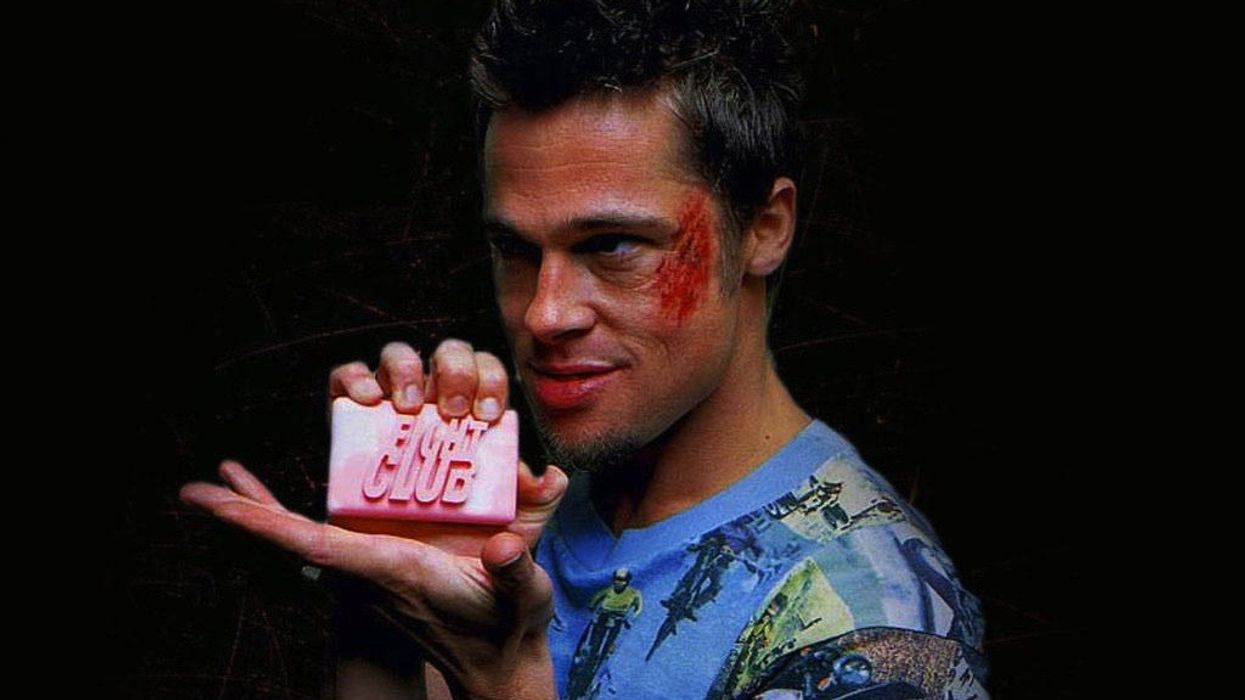If these objects remind you of specific films, then that means they did their job as props. Props can be used to accomplish many things in your film, like transition smoothly from scene to scene, act as a conduit for emotional reveals, or simply mow down a bunch of adversaries -- like the lawnmower in Dead Alive.
Rishi Kaneria takes a deeper look at the power of props in this video essay entitled Why Props Matter:
Not taking advantage of the storytelling potential props inherently have is like not cashing in a winning lottery ticket. You can get creative with the weapons your characters use to make your fight scenes unpredictable and exciting. You can find an unusual object that draws the audience's eye, like John Hammond's Amber Mosquito Cane in Jurassic Park.
There are so many ways to utilize your props so that they serve your story, rather than allowing them to simply take up space within the diegesis. Every object can add to your story if they are telling their own story. One film that comes to mind that not only uses props that seem to have their own story, but also pays particular attention to the props themselves is Office Space.
Think -- Lumbergh's coffee mug, Peter's TPS reports, Milton's stapler, Joanna's 15 pieces of flair, and that damn copy machine -- they all become their own characters, partly because director/writer Mike Judge gave these props significant amounts of screen time to interact with and affect the human characters in the film -- he gave them a life of their own; he made them important characters.
So, the next time you're planning a film be sure to give your props just as much thought and attention as your cast, because they can end up affecting and influencing your narrative just as much, sometimes even more, than your actors.
Source: Rishi Kaneria












